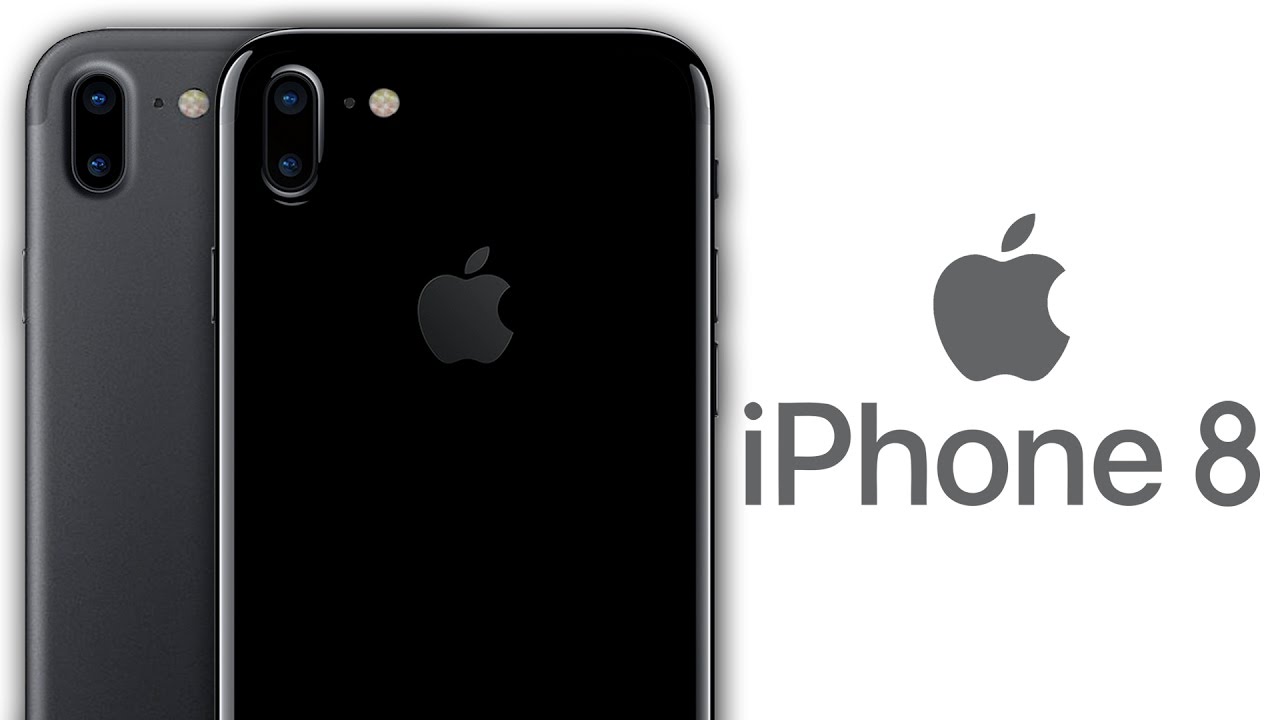If you thought that your smartphone camera was just intended to take great photos and shoot videos, you could be wrong. The humble smartphone camera, which was first seen on the J-SH04 from Sharp and J-Phone and SCH-V200 from Samsung back in 2000, has come a long way in the 16 years that have passed since then. New uses for smartphone cameras are reinvented all the time, and we can already see it being used for things like facial recognition (Galaxy S8), 3D sensing (iPhone 8 camera), iris recognition and other biometric functions.
In fact, one analyst from Oppenheimer, Andrew Uerkwitz, says:
“We believe the smartphone camera’s singular role as a passive image capturing device will end soon,” further expanding that to say that smartphone cameras – especially those on Apple iPhones of the future – could use the camera for things like gestures and contextual awareness.
What is Contextual Awareness?
We’ve all heard of location awareness on mobile devices – essentially, their ability to pinpoint your location on the globe. GPS probably popped up in your head just now, but that’s only one of the many applications of location awareness.
Contextual awareness complements that, and extends a mobile device’s awareness to the user’s activity, movement, time and other factors. That’s a little unnerving, to be honest, but if it’s done the right way, it could enhance the smartphone user experience manifold.
We’re still far away from true contextual awareness on smartphones, but we’re moving in the right direction. For example, iPhone 8 camera brings what’s called 3D sensing, which is an enhanced facial recognition capability to the one you’ll find on the Samsung Galaxy S8.
Over time, 3D sensing will allow for better augmented reality, because it will be easier to add several “live” overlays on videos, for instance. That’s something Uerkwitz calls “a more sophisticated version of the Snapchat filters.”
The road of evolution is long for contextual computing, but these are the early days where we are seeing the signs of development.
Gesture control is another such feature that uses the smartphone’s camera to capture user gestures and convert them into commands. We already have that in several smartphone models today, and they allow you to do interesting things, like draw geometric shapes in the air to instruct your phone to do certain actions like turning on the flashlight or the camera app.
Many of the sensors on your average smartphone involve technologies that ultimately make up contextual computing – the accelerometer, the gyroscope, the magnetometer, the proximity sensor, the light sensor, the pedometer, the thermometer, the humidity sensor, the heart rate monitor and so on.
All of these individual technologies combined will eventually contribute to contextual computing through contextual awareness, something that’s been called ubiquitous computing – where computing happens all the time.
iPhones of the future seek to exploit these technologies to deliver unique user experiences, but they’re expensive, and we’re seeing that as well. The iPhone 8 is expected to start somewhere in the neighborhood of $1,000. That’s a wealthy neighborhood even for a premium smartphone buyer. They’ll become cheaper, eventually, but right now such technology is reserved for the highest-end premium devices.
On the positive side, other types of sensors that we listed earlier are already available on non-premium smartphones. Those will eventually get features like facial recognition, 3D sensing and more.
For Apple Inc., the good news is that the iPhone’s premium positioning allows it to be the most “eligible” company to take advantage of these technologies. It’s quite possible that the vertically aligned iPhone 8 camera lens systems are intended to serve this purpose in some way, but we don’t exactly know in what way.
One thing is clear: there is an inevitable mass movement towards contextual computing on smartphones, and the camera system has a crucial role to play in that future.
We’d even go as far as to say that contextual computing could turn out to be that sorely needed second-wind of innovation for Apple’s smartphones. There’s a ways to go yet, but the iPhone 8 camera could usher in a new era of contextual smartphone capabilities, where the camera is much, much more than just a camera.
Hey, would you do us a favor? If you think it’s worth a few seconds, please like our Facebook page and follow us on Twitter. It would mean a lot to us. Thank you.
Source: Barron’s



